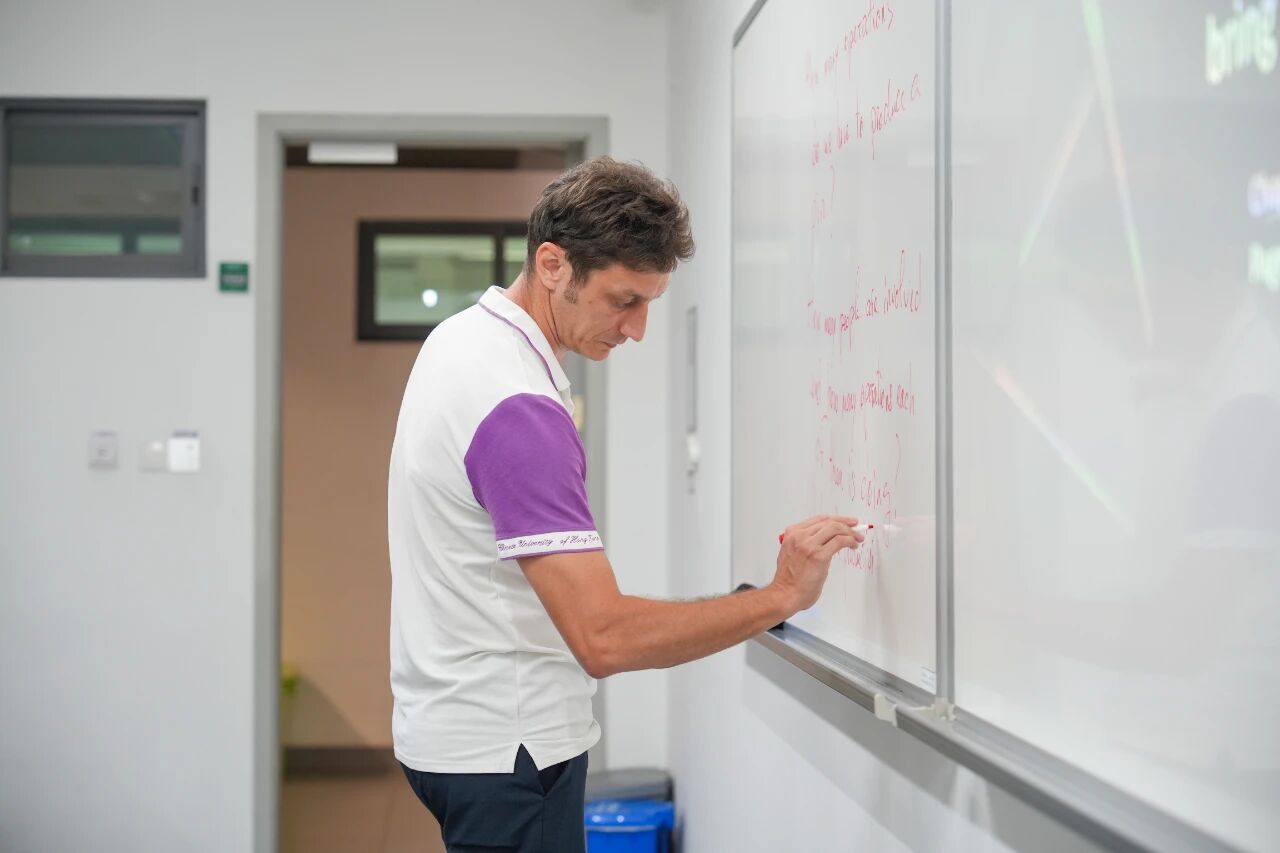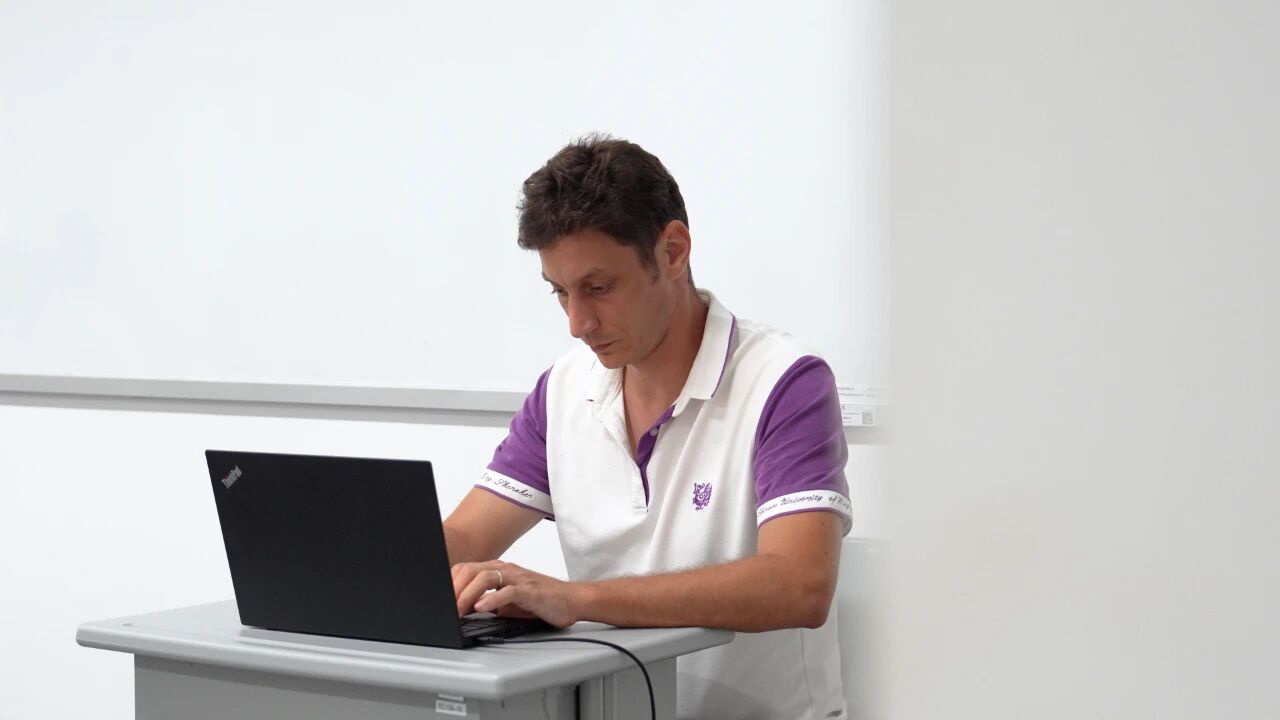Aurélien Boucher | French Sinologist on SZ's culture
From Bao’an’s Cantonese heritage to Dapeng’s ancient fortress and Longgang’s Hakka traditions, young Sinologist Aurélien Boucher recounted them all with encyclopedic familiarity during a recent interview.?
Boucher came to Shenzhen in 2016 for a job position offered by The Chinese University of Hong Kong, Shenzhen (CUHK-Shenzhen). Now, he is assistant professor of the university’s School of Humanities and Social Science and teaches general courses on Chinese sports history, humanities, and data science.?
Whether you're new to Shenzhen or a longtime resident, you might be surprised to find that a non-Chinese person knows the city's history so intimately — perhaps even better than many locals.

Aurélien Boucher poses for a photo at CUHKSZ.
?
Starting from table tennis
Boucher’s interest in Chinese culture began with table tennis. At the age of 14, Boucher started learning the sport from a retired player from the Beijing table tennis team. During the training, Boucher heard stories about China. Since then, his curiosity about China gradually expanded.
In 2004, when he was 19 years old, Boucher came to China for the first time for a table tennis internship program in Beijing. He made many Chinese friends and tried to research table tennis and Chinese sports culture from a sociohistorical perspective. He discovered a great interest in the topic and launched his academic studies on the subject.
For Boucher, table tennis has opened a door for him to get to know Chinese culture.
?
Shenzhen’s cultural depth
Before coming to Shenzhen, Boucher visited many places across China. He spent two years conducting field research in Qingdao in eastern China’s Shandong Province, for his doctoral dissertation titled "Training and Reforms of Table Tennis Elites in Contemporary China: From 'Oblates of Socialism' to 'Self-Entrepreneurs." Later, he served as an assistant director at the Sino-French Research Center of Tsinghua University in Beijing.

Boucher writes on a board during a lecture he gives.?
Before coming to Shenzhen, Boucher had learned about Longgang District and fun places from his wife’s friend, a Shenzhen resident. After moving to Shenzhen, Boucher got a chance to gradually experience Cantonese culture and the culture of the Guangdong-Hong Kong-Macao Greater Bay Area. Boucher thought that there was a misunderstanding about Shenzhen lacking culture.
“Bao’an District has Cantonese culture. If you visit Dapeng’s ancient fortress, you will know there is also a long-standing history. The misunderstanding might come from the fact that Shenzhen has enjoyed rapid development since Reform and Opening Up. In fact, Shenzhen has a deep culture,” said Boucher.
Boucher spoke highly of Shenzhen’s investment in cultural facilities. During his time in Shenzhen, he found more museums being built and more cultural activities being held. Boucher encourages people to visit museums to learn more about the city. Nantou Ancient Town is Boucher’s favorite cultural destination in the city. “The ancient town is an interesting place with museums and historical sites, and it also introduces merchants. I think the place is also a representative example of urban planning," said Boucher.
?
Rise in sports, innovation
Shenzhen is renowned for its innovation. Boucher discovered that both innovation and sports require strong competitiveness. “We have to experience many failures. Success comes from failures, so it takes patience to achieve success,” said Boucher.

Boucher prepares teaching materials for a lecture.?
In recent years, Shenzhen has held many sports events, including international games such as the FIBA Women’s Asia Cup and the AFC U20 Asian Cup. Boucher observed that this provides a good opportunity for players from around the world to experience the city and promote their stories in Shenzhen. “I think Shenzhen is a city perfectly combining the West and East. We can find traditional sports items and new sports projects here,” Boucher added.
Source: EyeShenzhen &?Shenzhen Daily





